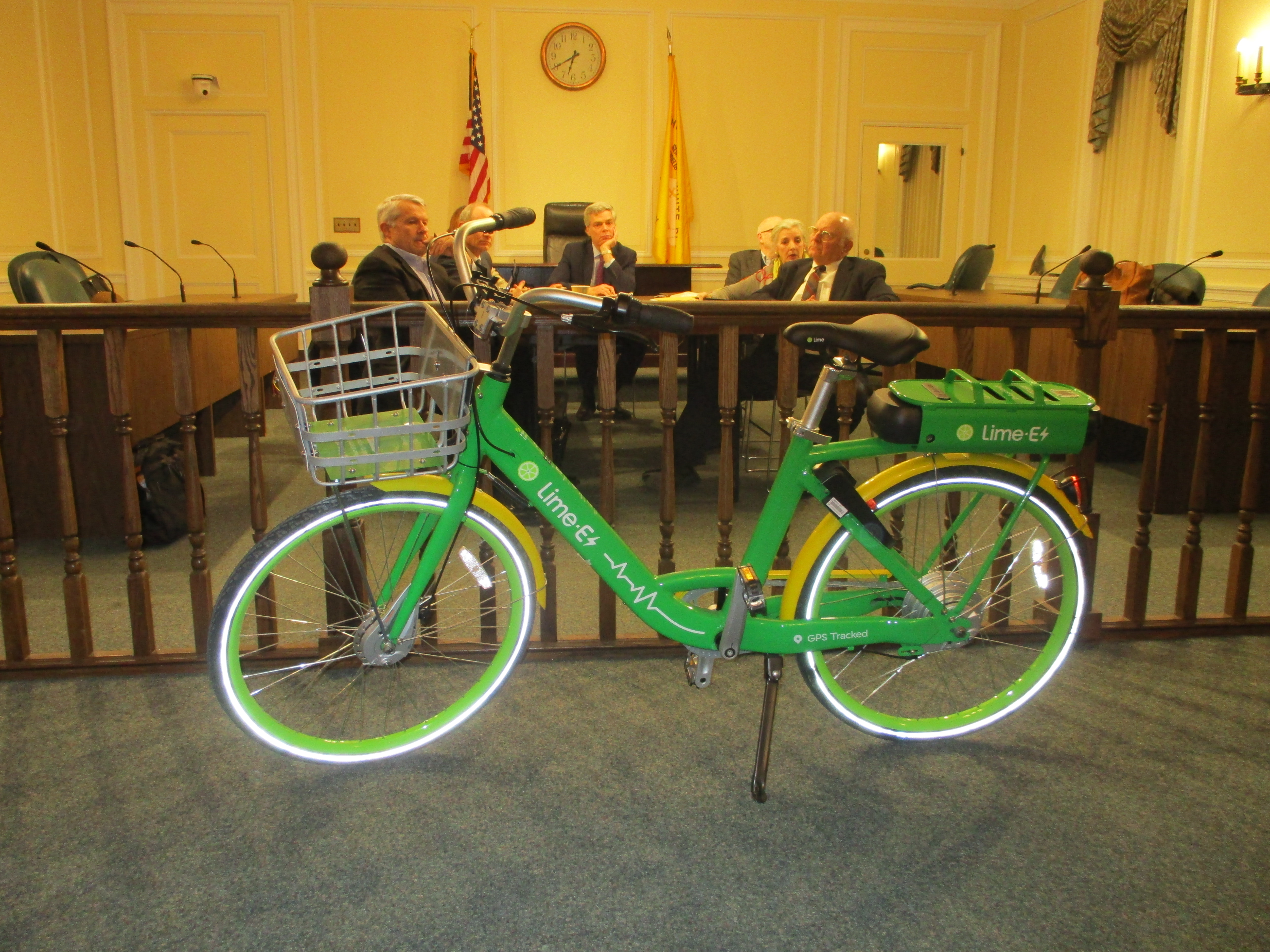Understanding That Off-putting Aroma or Taste in Wine

Remember the old quip about a customer in a restaurant? “Waiter, there’s a fly in my soup.”
“That’s all right. We won’t charge you for it.”
The modern version of this seemingly trite joke could easily take place in the surroundings of a wine bar or high-end restaurant.
“Waiter, there’s black gunk in my glass of wine.” “
That’s all right. It’s our house special.”
We’ve all experienced some form of adulteration in a glass of wine. While at times off-putting and unsavory, often these anomalies in the expected purity and clarity of such a revered product are harmless.
Wine is an agricultural product and, as such, is a living, breathing organism with a sometimes-volatile life cycle. After fermenting in vats, wine is transferred in bulk into bottles. During this process, vestiges of sediment, yeast, bacteria and other microbes may be transferred into the bottle, which may influence our sensory perception of the wine. At times, this may result in off-putting tastes, aromas or appearances – or a combination of all three.
Many winemakers make painstaking efforts to eliminate these particles and natural compounds from the wine before bottling. Others endeavor to produce the most natural wines possible, just as they feel nature intended them. If there is any residue, it is a sign of the natural order, in which imperfection can be viewed as an indication of perfection, the perfect balance between a winemaker as alchemist and conduit of nature.
Here are several examples, in two categories that, on the surface, might be considered reasons for rejecting a glass of wine that is served to you. In most instances, they are not cause for concern.
No need to be concerned, it’s just the natural order
- Black gunk. What is more pleasurable than anticipating the last drop of particularly enjoyable red wine? What is more disconcerting than ingesting a mouthful of black, tart-tasting sediment instead? While disconcerting and a palate-killer, this sediment is generally harmless. Sediment is a natural byproduct in the production of wine. Many winemakers will filter out this sediment using elaborate mechanical technology before bottling. Others prefer to produce the most natural product possible, proudly labeling their wines as “unfined and unfiltered.”
- Barnyard smell. Phew, no fine wine should emit aromas of a steamy pigsty. Yet I’ve experienced this phenomenon several times. The cause? Brettanomyces, or Brett, a yeast that may linger in a bottle of wine in spite of a winemaker’s efforts to eliminate it. While totally harmless and often fading after exposed to air, many consumers find it quite off-putting – unless you’re a fan of the barnyard.
- Partly cloudy or partly sunny? Particles of the byproducts of fermentation may remain in suspension when wine is bottled. This may result in a cloudy or hazy hue in a bottle of white wine. While naturally occurring and not harmful, it may be off-putting to certain wine drinkers. Many winemakers will filter out these elements before final bottling. It is rarely a reason to reject a wine being served.
Crystal treasure. If kept below 40 degrees for a prolonged period, what appear to be tiny precious stones or shards of glass may appear at the bottom of a bottle of white wine. Neither valuable nor harmful, these tartrate crystals are tasteless and do not detract from the taste of the wine.
Cause for concern
- Cork taint. The chemicals used to clean corks may infiltrate a bottle of wine. If your wine smells like your dog just in from a rainstorm or a wet newspaper left in your driveway, be concerned. Your waiter will replace it.
- Residual sulfur. To prevent wine from early oxidization, sulfur compounds are added by law. Too much will result in odors of rotten eggs or just-struck matches. If overpowering and long lasting, reject the glass or bottle.
Wine is an evolving product of nature. As such, it is imperfect and highly variable. Winemakers may attempt to control its evolution and influence the outcome. Nature doesn’t always cooperate.
Nick Antonaccio is a 40-year Pleasantville resident. For over 25 years he has conducted wine tastings and lectures. Nick is a member of the Wine Media Guild of wine writers. He also offers personalized wine tastings and wine travel services. Nick’s credo: continuous experimenting results in instinctive behavior. You can reach him at nantonaccio@theexaminernews.com or on Twitter @sharingwine.

